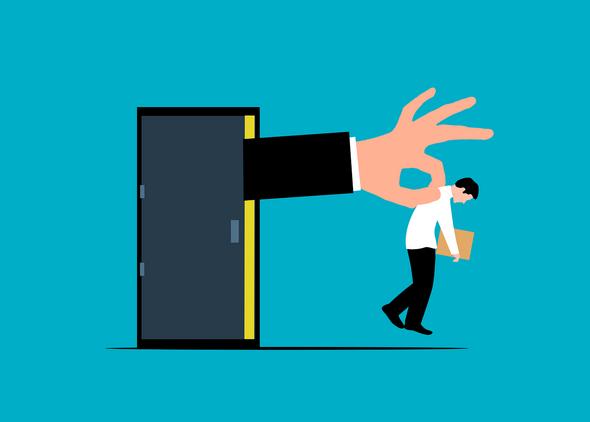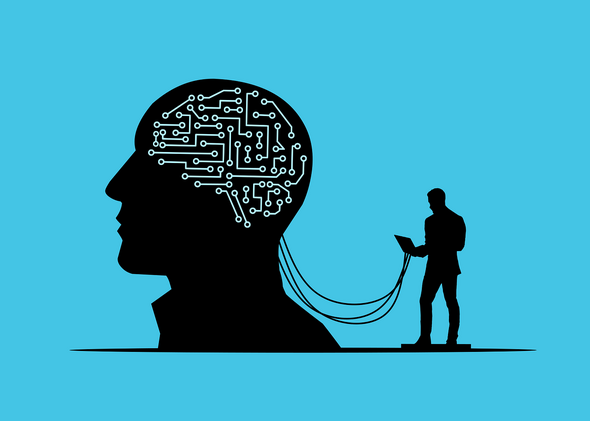Summary:
High-performers often find themselves highly productive yet unfulfilled, trapped in what is termed the High-Performer's Paradox. Despite mastering productivity techniques, they make little progress toward meaningful goals due to subconscious patterns that create internal conflict. Addressing these subconscious blocks through self-hypnosis can align one's internal beliefs with conscious goals, making success feel effortless and sustainable.
Table of Contents
Three months ago, I sat across from Sarah—a VP at a Fortune 500 company who'd just closed her biggest deal of the year. She should have been celebrating. Instead, she looked exhausted.
"I'm checking every box," she said, sliding her perfectly organized planner across the table. "Early mornings, productivity systems, networking events, skill development courses. I'm productive as hell. But I feel like I'm running full speed on a treadmill."
Sarah had fallen into what I call the High-Performer's Paradox: being incredibly productive while making surprisingly little progress toward what truly matters.
The Hamster Wheel of High Performance
If you're reading this, you probably relate to Sarah's story. You're the person others come to for advice. You've mastered time management, optimized your workflows, and can juggle multiple projects without breaking a sweat. Your calendar is color-coded, your inbox is at zero, and your quarterly reviews are stellar.
Yet something feels off.
You're busy, but not fulfilled. Productive, but not progressing. You're climbing the ladder efficiently, but you're not sure it's leaning against the right wall.
This isn't laziness or lack of ambition—it's something far more subtle and far more fixable.
The Subconscious Speed Limit
Here's what most high-performers don't realize: your conscious mind might be saying "go faster," but your subconscious mind might be saying "slow down." And in that internal conflict, your subconscious always wins.
Think about it like this: imagine driving a car with one foot on the gas and one foot on the brake. You can rev the engine all you want (work longer hours, add more tools, optimize more systems), but you'll never reach your destination efficiently. You'll just burn out your engine.
Your subconscious mind operates on deeply ingrained patterns and beliefs, many formed years ago. If part of you believes that "success means sacrifice," you'll unconsciously sabotage any attempt to make progress feel easy. If you learned that "good things require struggle," you'll create struggle even when it's unnecessary.
This is why you can implement every productivity hack in the book and still feel like you're pushing a boulder uphill.
The Three Hidden Blocks of High-Performers
Through my work with executives, entrepreneurs, and driven professionals, I've identified three subconscious patterns that keep high-performers stuck:
The Worthiness Ceiling: Deep down, you don't believe you deserve success without suffering for it. So you unconsciously make everything harder than it needs to be.
The Identity Trap: Your sense of self is so tied to being "busy" and "needed" that slowing down feels like losing yourself. Your subconscious keeps you on the hamster wheel because that's where you feel valuable.
The Safety Brake: Success means visibility, and visibility feels dangerous. Your subconscious mind hits the brakes every time you're about to break through to the next level.
Why Traditional Productivity Fails
Most productivity advice treats symptoms, not causes. It's like giving someone a faster hamster wheel instead of helping them step off entirely.
You don't need another app, another system, or another morning routine. You need to align your subconscious programming with your conscious goals.
This is where self-hypnosis becomes not just helpful, but essential.
The Effortless Success Blueprint
Self-hypnosis isn't about grinding harder—it's about removing the internal friction that makes success feel like a struggle. When your subconscious mind is aligned with your conscious goals, three things happen:
- Energy flows freely: You stop feeling drained by activities that should energize you
- Opportunities become visible: Your brain starts noticing possibilities it was previously filtering out
- Action feels natural: You stop forcing yourself to do things and start being naturally drawn to the right activities
I've watched clients make more progress in three months after addressing their subconscious blocks than they made in the previous three years of "optimizing" their productivity.
The Missing Piece
The most successful people I work with have one thing in common: they've learned to work with their subconscious mind, not against it. They've discovered their personal success blueprint—the specific patterns, beliefs, and mental frameworks that make achievement feel effortless rather than exhausting.
But here's the thing: everyone's subconscious success blueprint is different. What works for your colleague might actually hinder your progress. The key is understanding your unique internal landscape.
The question isn't whether you're capable of more—you obviously are. The question is: what's your personal subconscious roadmap to get there? What are the specific mental patterns that would make your next level of success feel natural and sustainable?
Feeling the burnout? Your productivity issue might be a subconscious one.



